Skincare is a confusing world, and here at The Tweakments Guide we don’t just bang on about the importance of finding an excellent practitioner for your tweakments – it’s also because they’re very well placed to sort your skincare, too.
It can be tricky to separate the wheat from the chaff when it comes to what’s suitable for your skin, what actually works, and what’s worth your money. So, in the name of protecting your skin and your bank balance, we asked five fab TTG-registered practitioners what they think are some of the biggest gimmicks in skincare that they always tell their patients to avoid.
1. At-home acoustic wave devices
While some home-use devices have been clinically proven to get results, the jury is still out on one type of device starting to gain in popularity – acoustic wave therapy. Although studies have demonstrated that in-clinic acoustic wave therapy can help with facial tightening, lifting, and to help with wrinkles and fine lines, Dr Ashwin Soni is dubious about the effectiveness of at-home versions of this tech – which cost upwards of £200.
‘The data out there suggests that acoustic wave therapy may have a role to play in non-invasive facial tightening and rejuvenation, however there are a few variables,’ he says. ‘It depends on the specification of the power of the acoustic waves, the pulse wave frequency, and how many pulses the machine gives off. The specifications of these at-home devices would need to be known to understand the effectiveness compared to the devices that the scientific studies have been based on.’
2. Mass market anti-ageing products
Two of the practitioners we spoke to share the same opinion on what they think is the biggest skincare gimmick out there. Both Dr Catherine Fairris and Dr Jenny Doyle are constantly explaining to patients that they just won’t see wow-worthy results from over-the-counter or mass-market anti-ageing products. ‘I always take the time to explain to my patients that over-the-counter products, by nature, are not as effective as medical-grade skincare,’ says Dr Fairris. ‘Spending large amounts of money on big-name brands because they have flashy commercials and the products smell nice is essentially a waste of money. Patients are better off investing in some hero, medical-grade products that will actually have a benefit on their skin.’
Dr Doyle adds: ‘93% of the skincare industry is cosmetic and hence not going to change the structure or function of your skin. The 7% that accounts for medical-grade skincare is often not as well advertised [sometimes because products are prescription-only], but these products are often cheaper than high-end cosmetic skincare and the formulations are based on clinical evidence – so there is a much better chance of getting a real improvement in your skin. My advice would be ask your tweakments practitioner for their top medical-grade skincare recommendations for you.’
3. Neck and décolletage-specific products
The beauty industry can be very good at making you believe you need to spend money on something when you don’t. Dr Saira Vasdev thinks that products for the neck and décolletage are one of these money-making ploys. ‘I tell my patients to avoid purchasing products that are targeted specifically for the neck and/or décolletage. This is often a marketing strategy that skincare brands use to get you to spend more money, and it is entirely unnecessary,’ says Dr Vasdev.
‘Any creams or serums for the face are suitable for the neck and décolletage and should be used on these areas as the benefits are the same. Instead, I would focus on high-performance ingredients and invest in quality medical-grade skincare. Antioxidants, retinoids, peptides and ceramides are among my favourite ingredients to protect and restore the skin. And of course, never forget to use SPF daily. This is the most rewarding of long-term investments you can make for maintaining healthy skin.’
4. At-home microneedling
DIY skin needling is a point of contention for many skin professionals, and for what it’s worth, we personally don’t recommend it either. Dr Sundeep Dhesi explains why he thinks it should be avoided – for the sake of both your skin and your finances: ‘At-home microneedling seems like the ideal anti-ageing solution for those looking for a more affordable alternative, but it could be an incredibly risky endeavour. The most common risk associated with home microneedling is infection or scarring due to improper technique or unsanitary equipment. If you were to use an unsterilised needle or go too deep into the dermis, you could end up causing permanent damage or infection that could take months to heal,’ he says.
Plus, without having your skin and progress analysed by an expert, there’s no guarantee microneedling will get any results. ‘You could spend hundreds on microneedling equipment and products only to realise that none of them are delivering results after weeks or months of use,’ adds Dr Dhesi. ‘It makes much more sense to invest in a professional treatment from an experienced aesthetician who can provide better results in fewer sessions than trying your luck at home.’
Join Our Mailing List
This is the best way to stay in the loop with our latest news and updates, including industry titbits and tailored offers.
Related Stories

Skincare
How To Avoid ‘Festive Face’: Your Skin Survival Plan For Party Season
Festive food indulgences, lots of late nights, and a glass (or two) of champagne – the winter party...
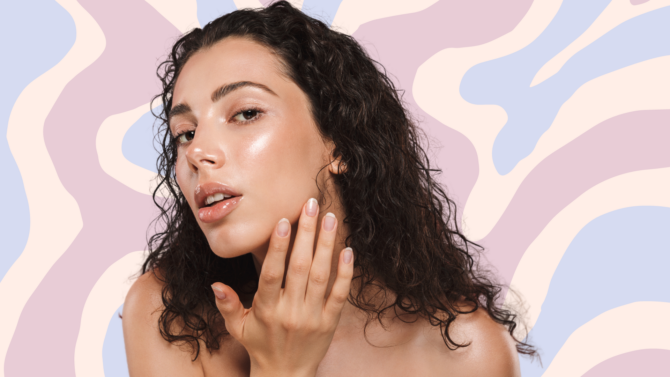
Concerns
Can ‘NoTox’ Skincare Ever Measure Up To Toxin Injections?
For anyone looking for an alternative to wrinkle-relaxing toxin injections, ‘NoTox’ skincare,...

Skincare
Do You Need To Change Your Skincare Every Season?
As a beauty and aesthetics journalist with specific training in cosmetic science, I get asked a lot of...
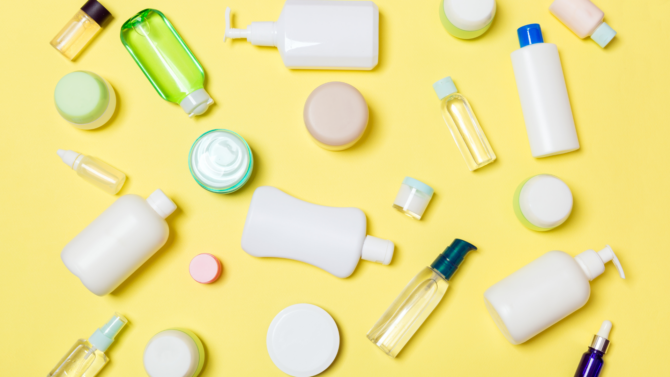
Skincare
Post-Tweakment Skincare: The Expert Guide
After the excitement of having a tweakment, it can be tempting to sit back and just wait for your results to...

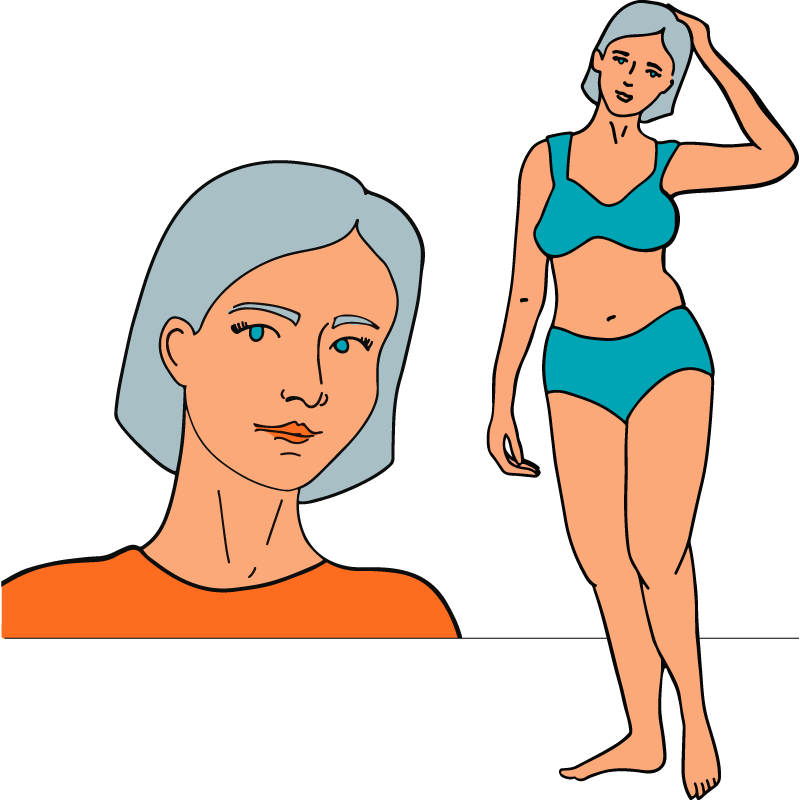

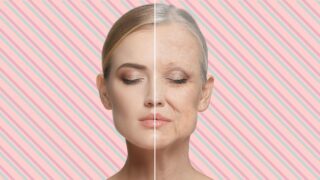

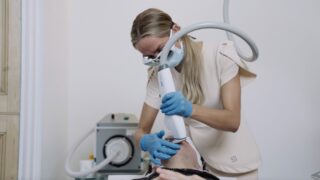

 The Tweakments Chatbot
The Tweakments Chatbot